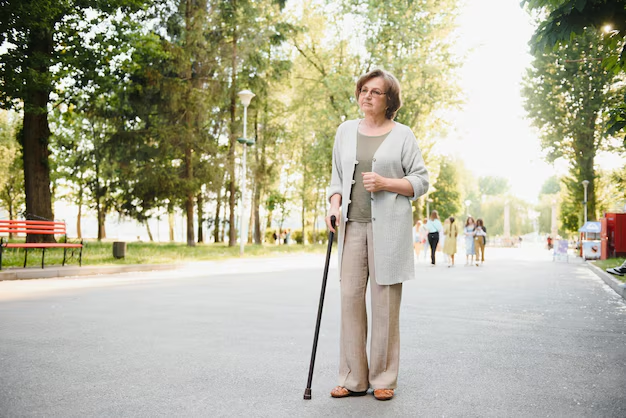Understanding Osteoporosis: What It Means for You
In a world where health discussions often revolve around the heart, brain, or lungs, osteoporosis is a condition that doesn't always get the spotlight it deserves. Yet, with its ability to significantly affect one's quality of life, understanding what osteoporosis means is crucial not just for individuals but for families and communities at large.
What is Osteoporosis?
Simply put, osteoporosis is a bone disease characterized by a decrease in bone density and mass. This results in bones becoming weak and fragile, making them susceptible to fractures even from minor falls or, in severe cases, simple actions like coughing or bending over. It's often dubbed the “silent disease” because it progresses without symptoms until the first fracture occurs.
Who is at Risk?
While osteoporosis can affect anyone, some groups are at higher risk:
- Women, particularly after menopause, due to lower estrogen levels.
- Individuals with a family history of osteoporosis.
- Those with a small body frame.
- People with a low-calcium diet.
- Smokers and individuals who consume excessive alcohol.
Having one or more of these risk factors doesn't guarantee you will develop osteoporosis, but it certainly underscores the importance of proactive health management.
Prevention and Management
Understanding osteoporosis means taking steps both in prevention and management. Here are some effective strategies:
- Diet: Ensure adequate intake of calcium and vitamin D.
- Exercise: Weight-bearing and muscle-strengthening exercises can help maintain bone density.
- Lifestyle Changes: Quitting smoking and limiting alcohol consumption.
For those already diagnosed, medications are available that can help slow bone loss and even build new bone.
The Financial Impact of Osteoporosis
The personal and financial burden of osteoporosis-related fractures can be staggering. Medical costs, time off work, and the need for long-term care or adjustments to living spaces can add up quickly. Fortunately, there are financial resources available to help manage these expenses.
Exploring Financial Assistance Options
Navigating the financial implications of a chronic condition like osteoporosis can be daunting, but several programs and tools can help ease this burden.
- Government Aid Programs: Programs like Medicare or Medicaid can cover some healthcare costs for individuals with osteoporosis.
- Financial Assistance for Medications: Pharmaceutical companies sometimes offer discount programs or patient assistance programs to reduce drug costs.
- Credit and Debt Relief Solutions: For those struggling with medical debt, there are organizations and advisors who specialize in debt relief options, allowing individuals to consolidate debt into manageable payments.
- Educational Grants: If osteoporosis has impacted a working adult, retraining or educational grants can offer pathways back to employment, helping cover education costs for new career paths.
Understanding these options can empower individuals, enabling them to focus more on health and less on financial stress.
Key Takeaways on Financial Resources
To further assist individuals dealing with osteoporosis, here’s a list of some resources that can provide valuable support:
- 💊 Patient Assistance Programs: Reduce medication costs through manufacturer discounts.
- 🌐 Medicare/Medicaid Support: Cover a portion of medical treatments and medication.
- 💪 Nonprofit Health Organizations: Offer counseling and financial advice.
- 📚 Educational Grants: Provide funds for retraining affected individuals.
- 💳 Credit Counseling Services: Help in managing and consolidating medical debt.
While osteoporosis presents significant challenges, both medically and financially, understanding what it means arms you with the knowledge to meet these challenges head-on. Whether through lifestyle changes, medical intervention, or financial tools, you can take proactive steps to maintain your quality of life and financial stability.

Related Topics
- a Nurse Is Caring For a Client Who Has Osteoporosis.
- a Percutaneous Is Performed To Treat Osteoporosis Related Compression Fractures
- Can Alcohol Cause Osteoporosis
- Can I Do Pilates If I Have Osteoporosis
- Can I Reverse Osteoporosis
- Can Men Get Osteoporosis
- Can Osteoporosis Affect Teeth
- Can Osteoporosis Be Cured
- Can Osteoporosis Be Painful
- Can Osteoporosis Be Reversed